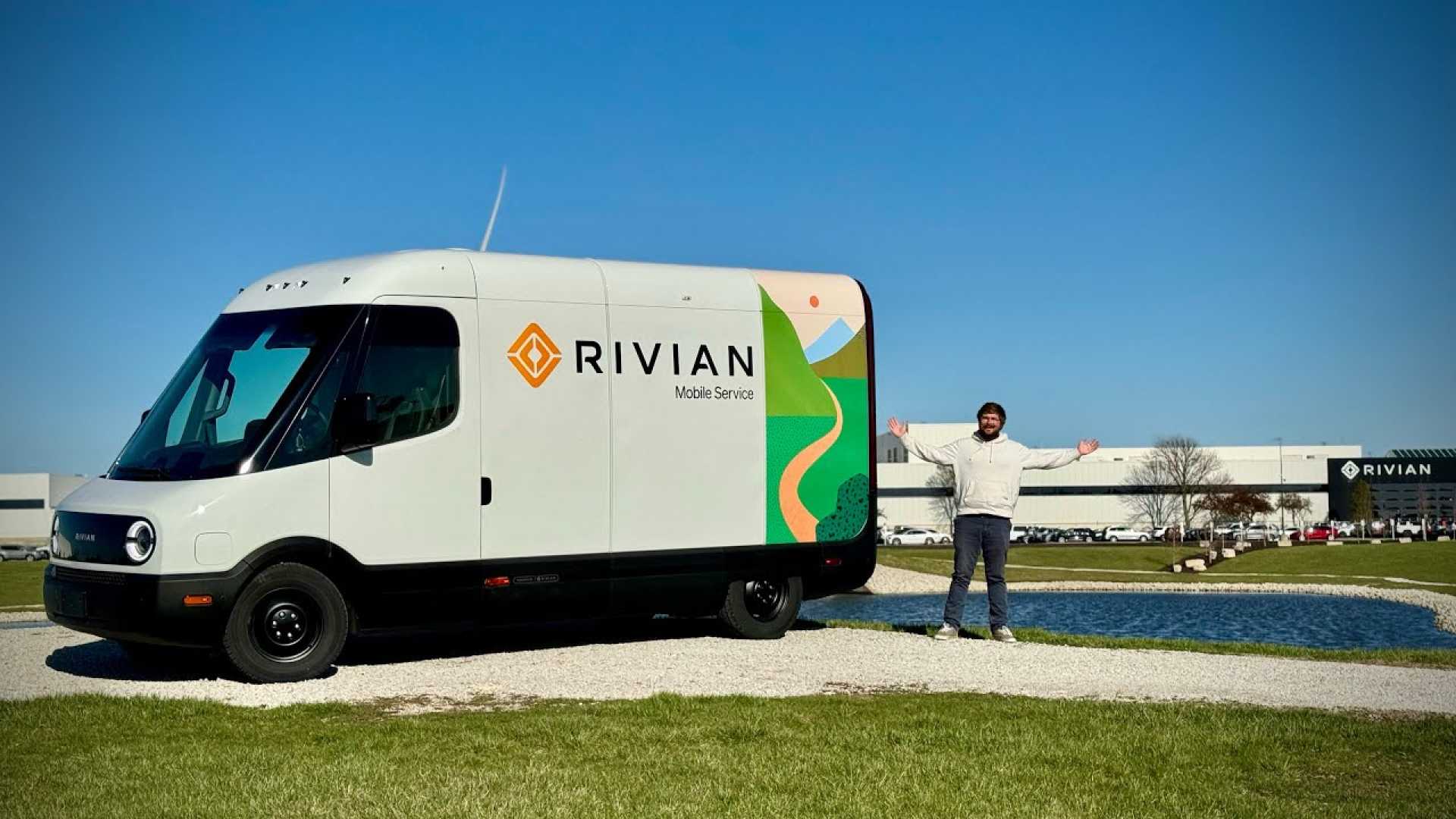Business
Rivian’s New Order Opportunities Could Signal Growth Amid Challenges

IRVINE, Calif. – Rivian Automotive, facing concerns about its growth trajectory in 2025, has opened up orders for its commercial electric delivery vans, signaling a potential shift in strategy to combat investor fears of stagnation.
The market capitalization of Rivian stands at $14 billion, with shares trading at about $13.93 as of February 19, 2025, reflecting a decline of 3.53%. Investors have been anxious as the company’s R2 model is not expected to release until 2026, with reports indicating that overall electric vehicle (EV) sales may stagnate in the United States.
Despite these hurdles, Rivian recently reminded the market of its partnership with Amazon, which involves delivering up to 100,000 electric delivery vans (EDVs) by 2030. Although the initial rollout has been slow, with only around 20,000 vans currently in Amazon’s fleet, the new order opportunities for commercial vans could be the catalyst investors have been searching for.
“Over the last year, we have been focusing our efforts on testing with some larger fleets, and we’re really pleased with how those trials have gone,” Tom Solomon, Rivian’s senior director of business development, stated in a press release. This announcement suggests Rivian has cleared some supply chain hurdles and is positioned to bolster its growth in an increasingly competitive EV market.
Rivian’s intent to tap into the last-mile delivery sector aligns with broader industry trends as demand for electric vans grows. Ford Motor Company, a major competitor, has reported a remarkable 64% increase in E-Transit van sales, demonstrating the potential for Rivian to capture market share.
Ford Pro, the company’s commercial division, recorded $9.02 billion in earnings before interest and taxes (EBIT) last year, highlighting the profitability of commercial vehicle sales. Rivian’s ability to emulate this success hinges on securing fleet contracts.
However, a potential concern remains regarding Rivian’s relationship with Amazon. The once-exclusive partnership has turned non-exclusive, which raises questions about the commitment level of Amazon, particularly as it holds a significant stake in Rivian. Any decision by Amazon to sell its approximately 16% share could negatively impact Rivian’s stock price.
Rivian’s market positioning has been under scrutiny, particularly following recent publications suggesting the U.S. State Department was considering a $400 million armored electric vehicle purchase, a deal that might have initially favored Tesla. With this procurement being put on hold, speculation ensues that Rivian could be a candidate for future government contracts.
Investors are poised to closely watch Rivian’s upcoming fourth-quarter report on February 20, where expected revenue growth of around 8.5% year-over-year could help set the tone for its financial outlook in 2025. Key metrics will include consumer interest in the upcoming R2 SUV and updates on production targets.
As electric vehicle sales grow—1.3 million sold in the U.S. last year—companies like Rivian are poised to benefit from market expansion. Despite Rivian’s recent challenges, increasing engagement with larger fleets and the reported narrowing of losses indicate a path toward potential profitability.
For investors willing to tolerate volatility, Rivian may represent a more stable opportunity compared to other markets that have still to demonstrate revenue potential. “With several new vehicles in the pipeline and a new joint venture with Volkswagen worth up to $5.8 billion, Rivian is crafting its strategy to adapt to the changing market landscape,” said George Kelly, an industry analyst.












